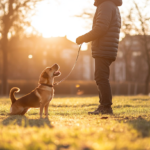Positive Reinforcement Techniques for Dogs
So, you’re trying to train your dog without losing your mind, your patience, or that last slice of pizza you swear was on the counter 30 seconds ago?
You’ve probably heard that positive reinforcement is the “right” way to train your dog. And FYI, it is. But what does that actually mean—and how do you do it without sounding like an over-caffeinated kindergarten teacher?
Let’s break down positive reinforcement techniques that’ll turn your dog from chaos gremlin into a certified good boi (or girl). 🐶
1. Treats, Glorious Treats
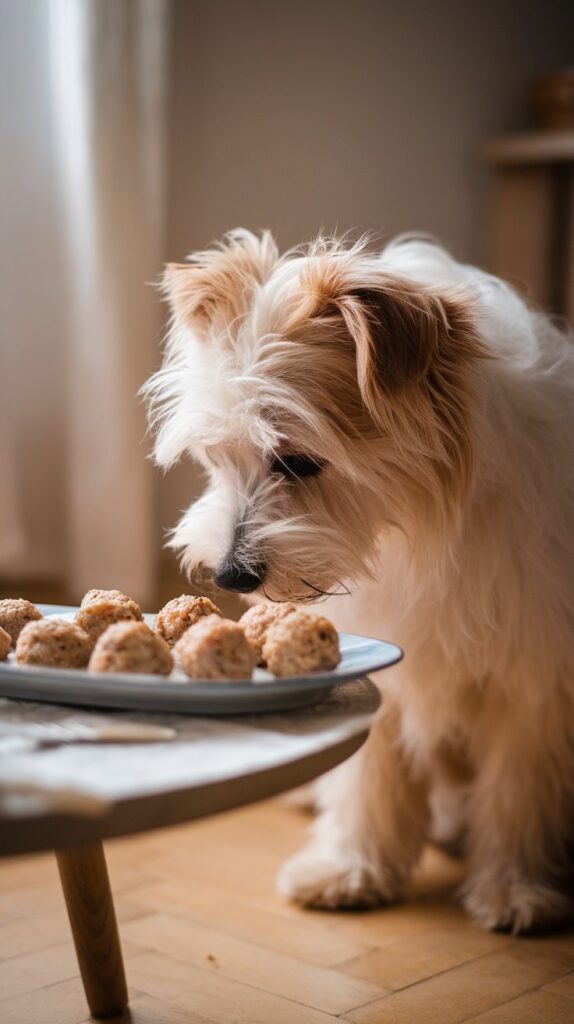
Because bribery totally works when you’re cute and fluffy
Let’s be real: your dog will probably not sit for a heartfelt “thank you.” But wave a piece of chicken? Now we’re talking.
🍲 50 Printable Dog Food Recipes Your Pup Will Love
Skip the fillers and preservatives. Make healthy, homemade meals your dog will actually eat — using everyday ingredients you already trust. Vet-friendly, budget-friendly, and super easy to follow. 🐾
Perfect for picky eaters, senior dogs, and pups with sensitive stomachs. Make mealtime simple and nutritious again.
Get the Recipes Now 🐶Here’s the deal:
- Timing matters: Reward immediately after the behavior. Not five seconds later. Not after you’ve opened the treat bag and had a snack yourself.
- Small treats = more reps: Use tiny bits so you don’t end up with a chubby genius.
- High-value > dry kibble: If your dog spits out your treat like it’s a Brussels sprout, upgrade. Cheese, liver bits, real meat—whatever gets that tail wagging.
Pro tip: If your dog suddenly forgets how to “sit,” maybe your treats are boring. Don’t be stingy. Would you show up to work for dry toast?
2. The Magical Power of the Clicker
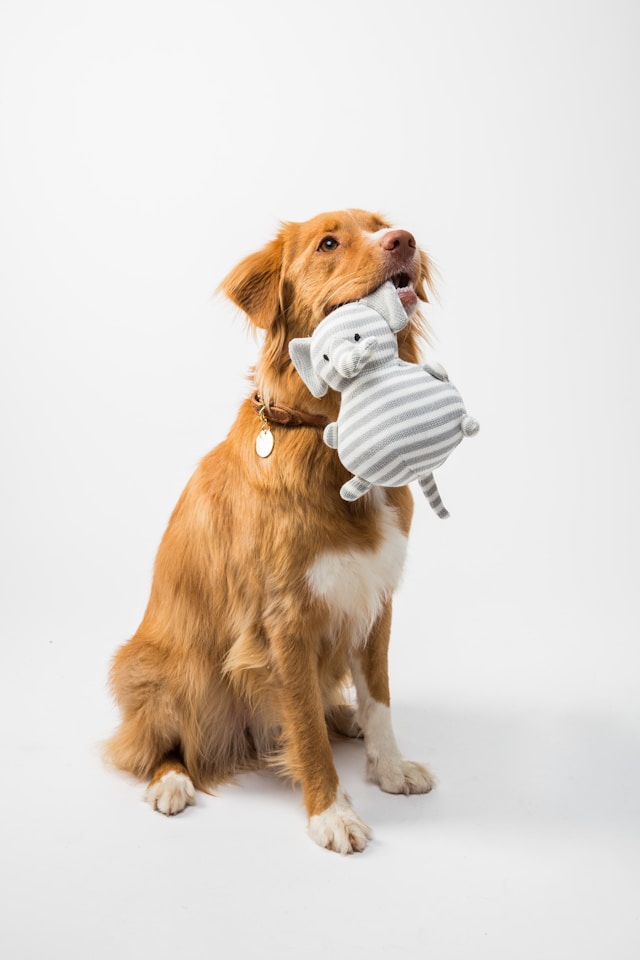
Okay, the clicker might look and sound ridiculous, but this little plastic gadget is training gold. It makes a clear, consistent sound that tells your dog, “YES! That’s exactly what I wanted!”
Why it works:
- Precision: The click marks the exact moment your dog did the right thing.
- Clarity: Your tone might change, but a clicker always says the same thing.
- Speed: Quicker than fumbling with treats and saying “good boy!” with a mouth full of coffee.
IMO, if you’ve ever said “but he doesn’t know what he did right,” then yeah, you need a clicker.
3. Verbal Praise (Say It Like You Mean It)
Not every reward needs to be edible. Sometimes a good ol’ “YESSSS!!!” in your best excited voice does the trick.
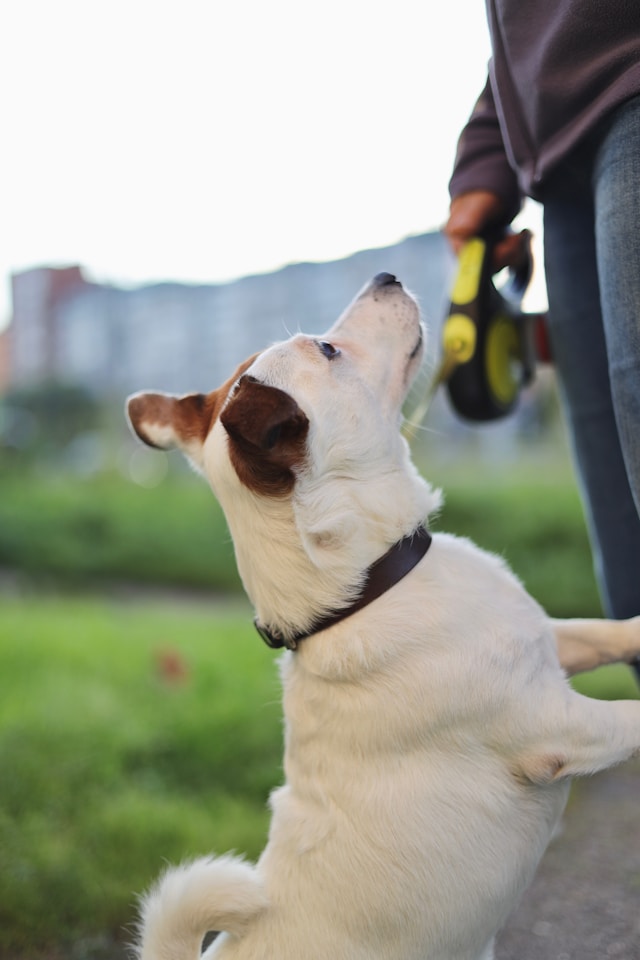
But here’s the catch: dogs read your vibe. If your “good job” sounds like a bored voicemail, they’ll notice.
Use your voice like this:
- High-pitched and excited = party time!
- Flat and unenthusiastic = snoozefest
- Combine with touch or play for max effect
And yes, you will sound ridiculous. Get over it. Your dog’s learning to roll over, not judge your tone.
4. Tug Games as Rewards
Because not every dog wants a cookie—some just wanna fight a rope
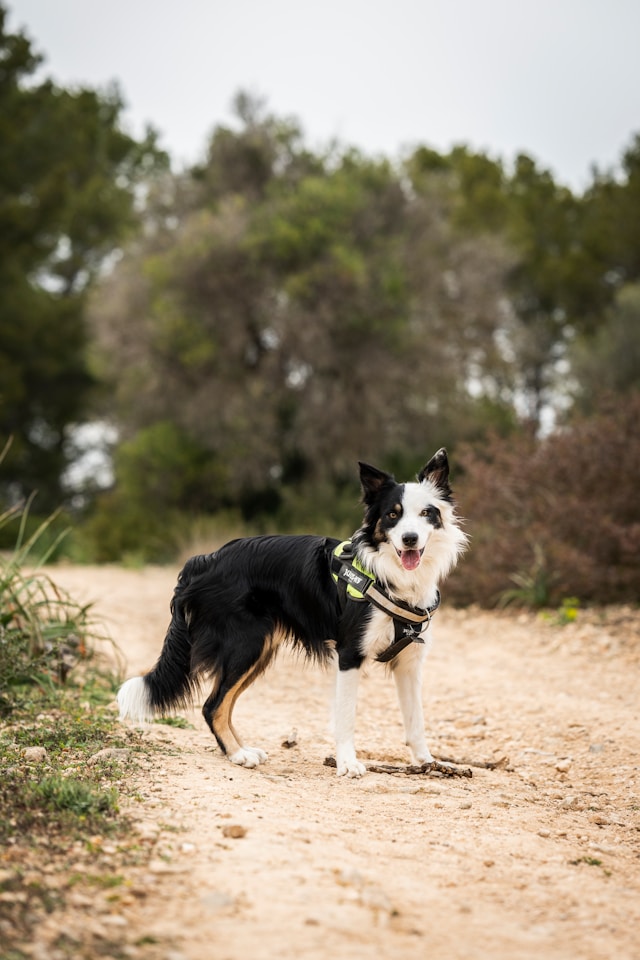
Some dogs (looking at you, shepherds and terriers) get more excited by a game of tug than a treat. That’s not a bug—it’s a feature.
Make it a reward by:
- Offering a short, exciting game after a good behavior
- Making sure the dog wins occasionally (yes, really)
- Ending the game before they get bored
This builds drive and obedience. And bonus: you’ll get a decent arm workout.
5. Life Rewards: The Sneaky Trick You’re Not Using Enough
What if I told you your dog doesn’t just work for food and toys?
Sometimes, the reward is opening the door. Or letting them sniff that one very specific bush for 10 minutes. (Why is that one so fascinating??)
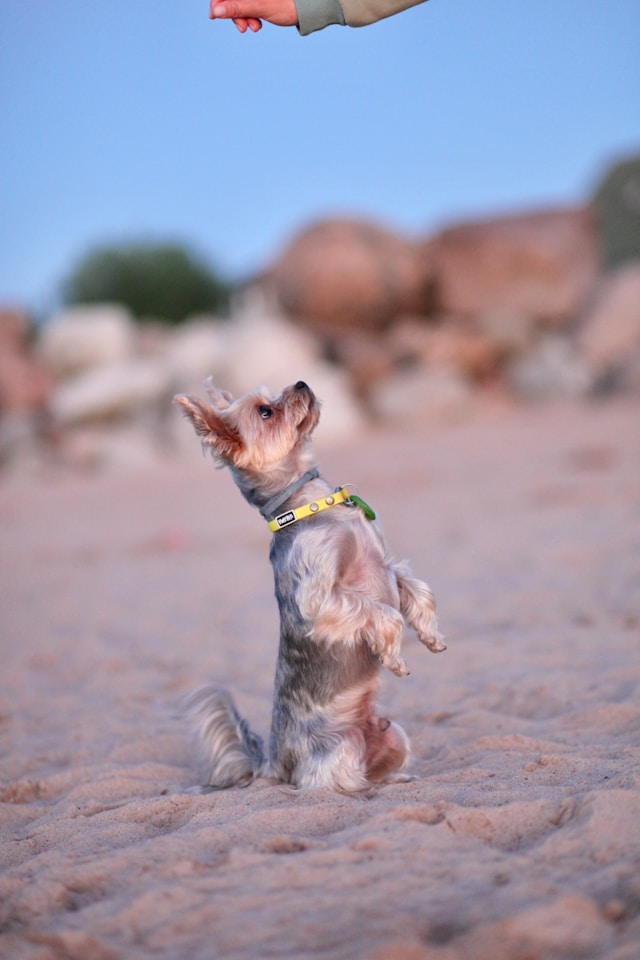
Examples of life rewards:
- Dog sits? You open the door.
- Dog walks politely? You let them sniff the hydrant.
- Dog lays down calmly? You unclip the leash at the park.
Big brain move: Use everyday stuff your dog wants as a reward. No treats needed. (Okay, maybe just a few.)
6. Shaping Behavior One Step at a Time
Because jumping from “sit” to “bring me a beer” isn’t gonna happen overnight
Shaping means rewarding successive approximations. Fancy term, but it’s just breaking big tricks into smaller steps.
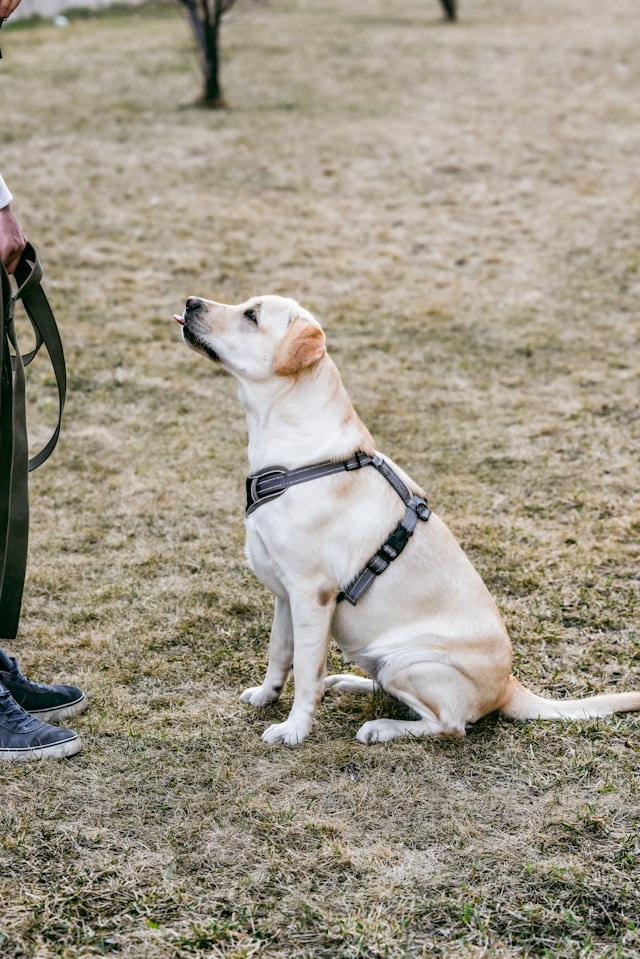
Let’s say you want your dog to lie down:
- Reward the head lowering first
- Then reward elbows bending
- Then finally, the full lie-down
It’s like leveling up in a video game. Except the prize is peanut butter and not bragging rights (unless you post it on Insta, obviously).
Don’t expect perfection right away. Would you want someone yelling “wrong!” every time you missed a basketball shot?
7. Capturing Natural Behavior (aka: Stop Making It So Complicated)
Ever seen your dog stretch, yawn, or do something adorable and thought, “Dang, wish I could make them do that on command”?
Well, you can. Just wait for it, then mark and reward.
How it works:
- Watch your dog closely
- The second they do the behavior you like—click or say “yes!”
- Repeat until they start offering it on their own
Boom. Now you’ve got a trick without even asking for it.
8. Keep Sessions Short and Sweet
Training isn’t a marathon. It’s speed dating with a clicker.
- 2–5 minutes tops is plenty, especially for puppies
- End on a win, even if it’s just a simple “sit”
- Don’t burn your dog out—or yourself
FYI: Five fun, successful minutes beat fifteen minutes of confusion and frustration every time.
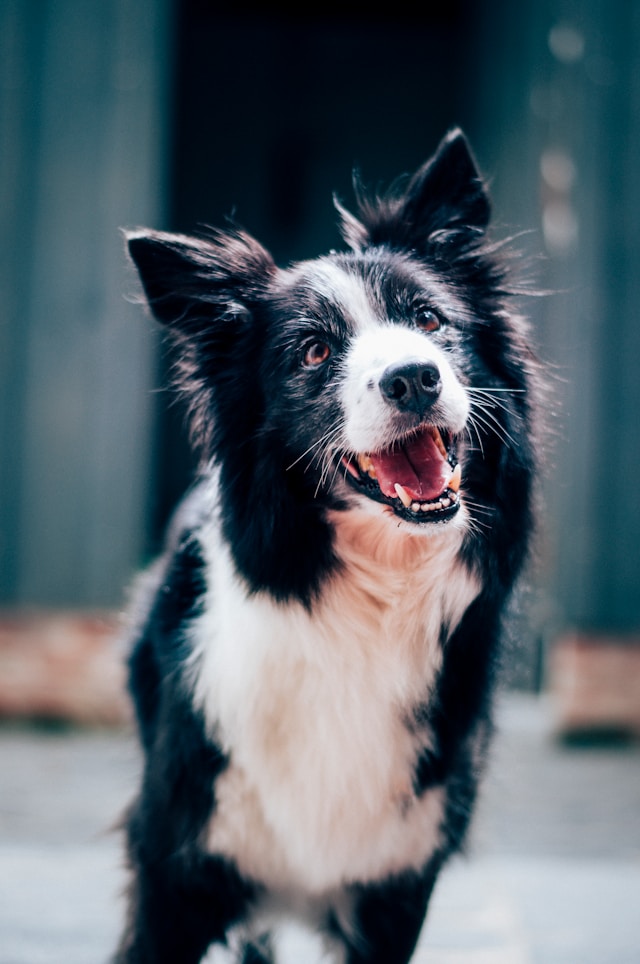
9. Ditch the “No” — Redirect Instead
Let’s be honest. Telling your dog “NO!” 20 times a day just turns into background noise. And no, they’re not ignoring you out of spite (probably).
Instead of nagging, redirect them to what you do want.
- Chewing shoes? Offer a chew toy.
- Jumping? Ask for a sit.
- Barking at squirrels? Redirect to a “look at me” game.
You’re not just stopping bad behavior—you’re teaching better options. Sneaky, right?
10. Celebrate the Little Wins (Seriously)
Your dog finally didn’t pull your arm out of its socket on a walk? That’s a win. They didn’t bark at the mailman this time? Another win.
Reinforce the good stuff, even if it’s small.
Training takes time, and if you only notice mistakes, you’ll both end up frustrated (and possibly eating your feelings in dog cookies—no judgment).
Final Thoughts (aka, Don’t Give Up)
Positive reinforcement isn’t just about being nice. It’s about being smart. You’re using science, timing, and yes—a whole lot of snacks—to teach your dog how to succeed.
You’re building trust, motivation, and communication.
And you know what? It works. Like, really well.
So next time someone tells you positive reinforcement is “too soft,” you can smile, hand your dog a treat, and enjoy the fact that your dog comes when called—without the drama. 😉
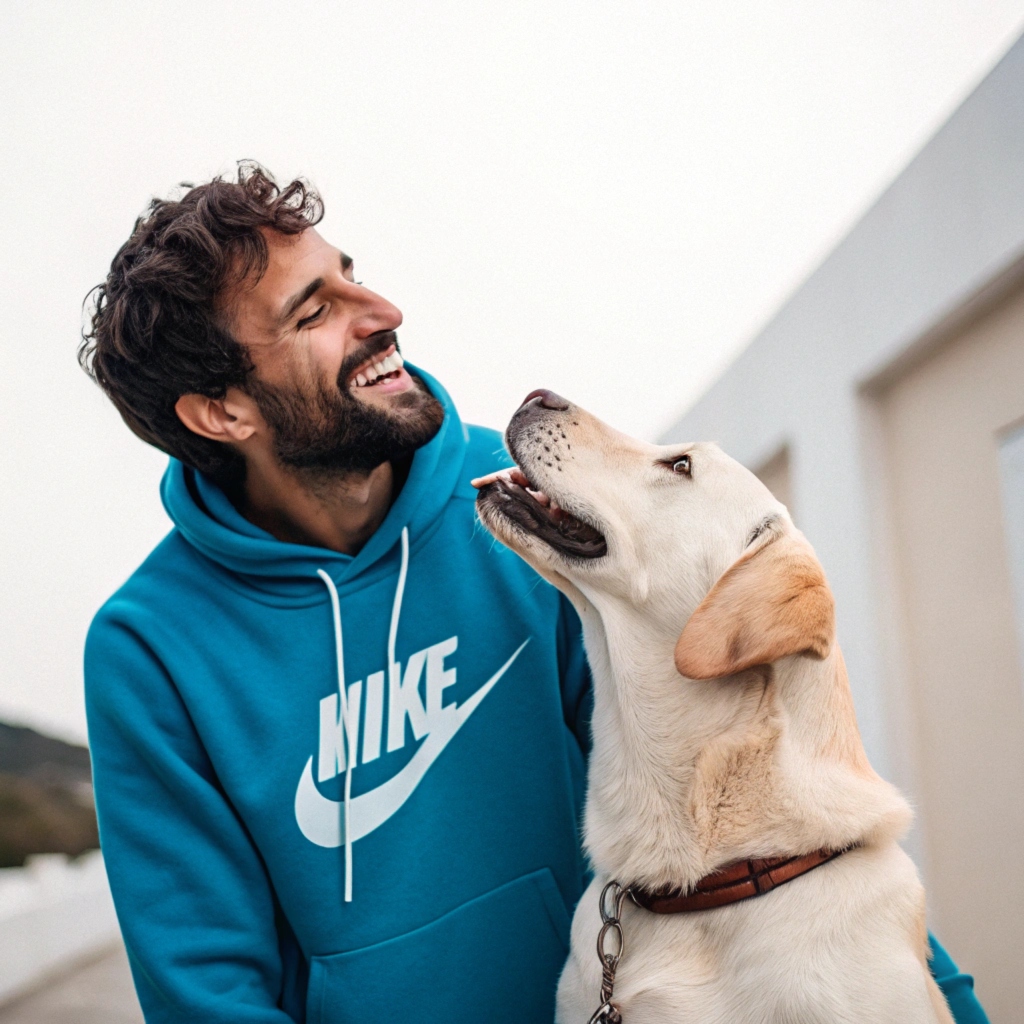
I’ve spent 10+ years in dog training, digging into what makes dogs (and their humans) tick. At Smart Dog Learning, I share my no-nonsense, fun approach to training so you can enjoy life with a well-behaved, happy pup—no boring lectures, just practical results 😉



